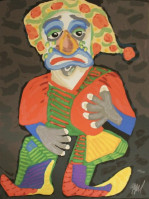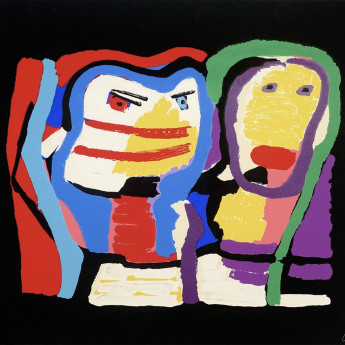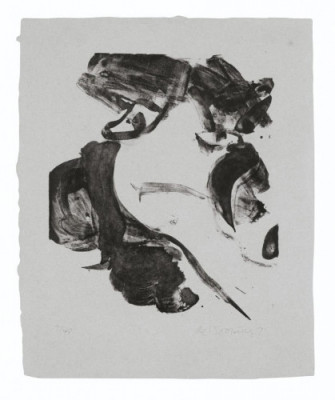
Details
Artist
Styles
Van de Loo 230. Color lithograph printed by Beaudet, Paris // L'oubli by Asger Jorn is a dynamic lithograph created in 1960-61, reflecting the artist's expressive and abstract style. Produced in an edition of 30 and printed by Beaudet in Paris, this piece uses an energetic blend of red, blue, and green strokes layered over a neutral background. The composition is chaotic yet deliberate, with sweeping, gestural lines and splashes of color that suggest a tension between order and spontaneity. Jorn’s technique reflects the influence of the CoBrA movement, which valued raw, unfiltered creativity and often evoked a sense of primal energy. L'oubli captures the essence of forgetting or erasure, evoking layers of memory and emotion through its complex visual interplay.
L’oubli, 1960/61
form
Medium
Size
41 x 56 cm
- Inches
- Centimeters
Edition
Price
- USD
- EUR
- GBP
Details
Artist
Styles
Van de Loo 230. Color lithograph printed by Beaudet, Paris // L'oubli by Asger Jorn is a dynamic lithograph created in 1960-61, reflecting the artist's expressive and abstract style. Produced in an edition of 30 and printed by Beaudet in Paris, this piece uses an energetic blend of red, blue, and green strokes layered over a neutral background. The composition is chaotic yet deliberate, with sweeping, gestural lines and splashes of color that suggest a tension between order and spontaneity. Jorn’s technique reflects the influence of the CoBrA movement, which valued raw, unfiltered creativity and often evoked a sense of primal energy. L'oubli captures the essence of forgetting or erasure, evoking layers of memory and emotion through its complex visual interplay.
What is Gestural?
Gestural art is a term that describes painting with freely sweeping brushstrokes. The primary goal of gestural art is to allow the artist to physically express emotional impulses. The varied, yet expressive paint marks are intended to convey the artist's inner thoughts and emotions, which viewers are believed to understand through the dynamic and spontaneous application of paint.












